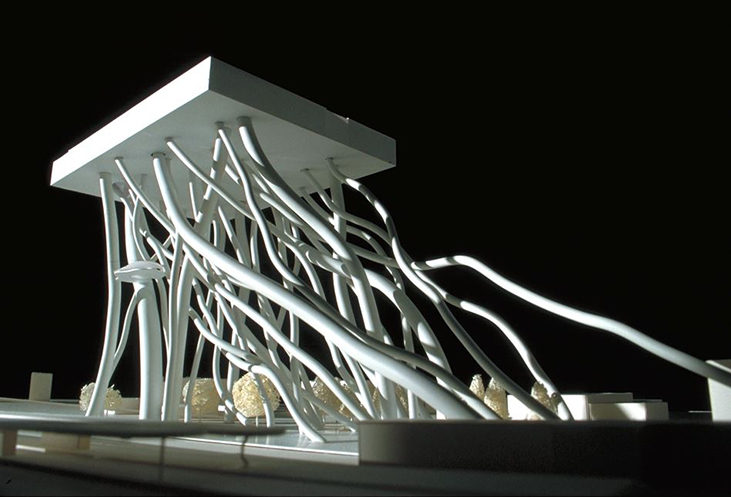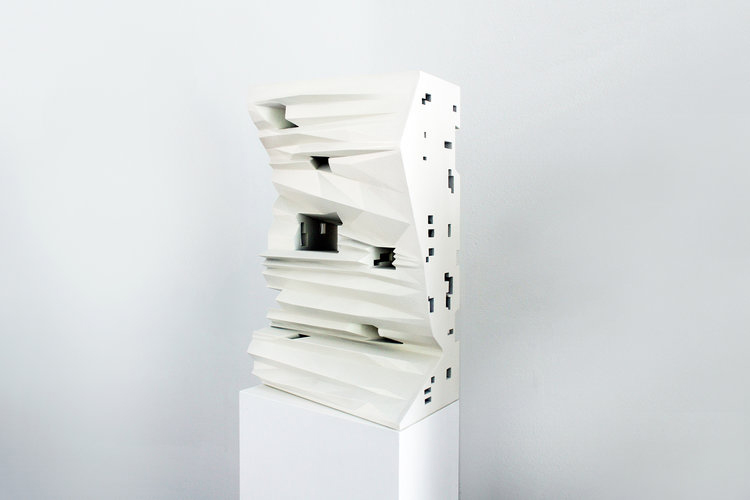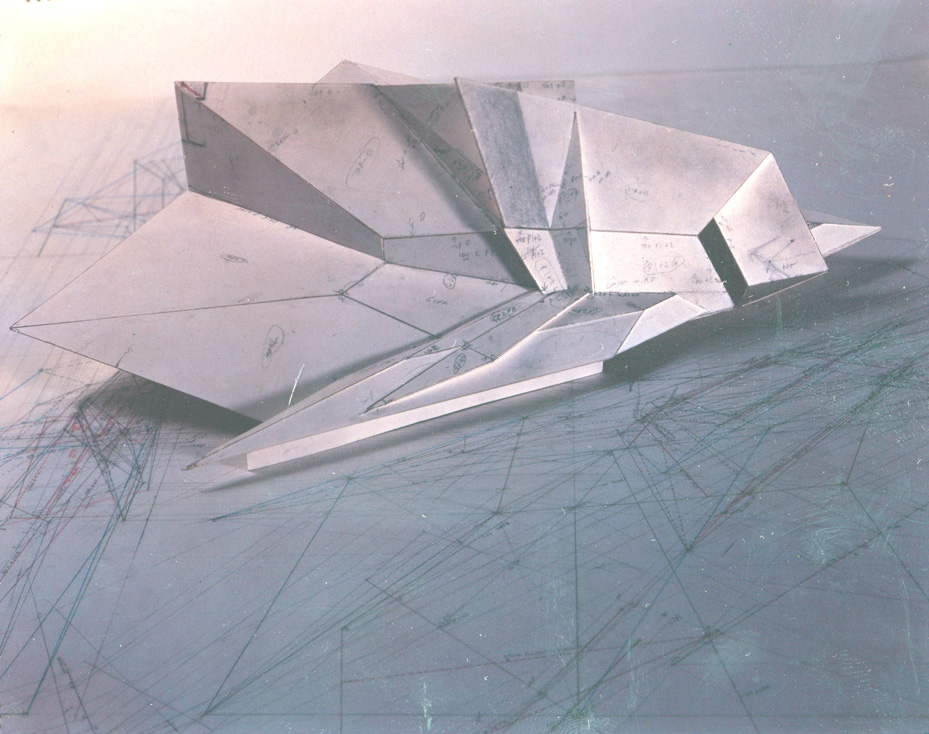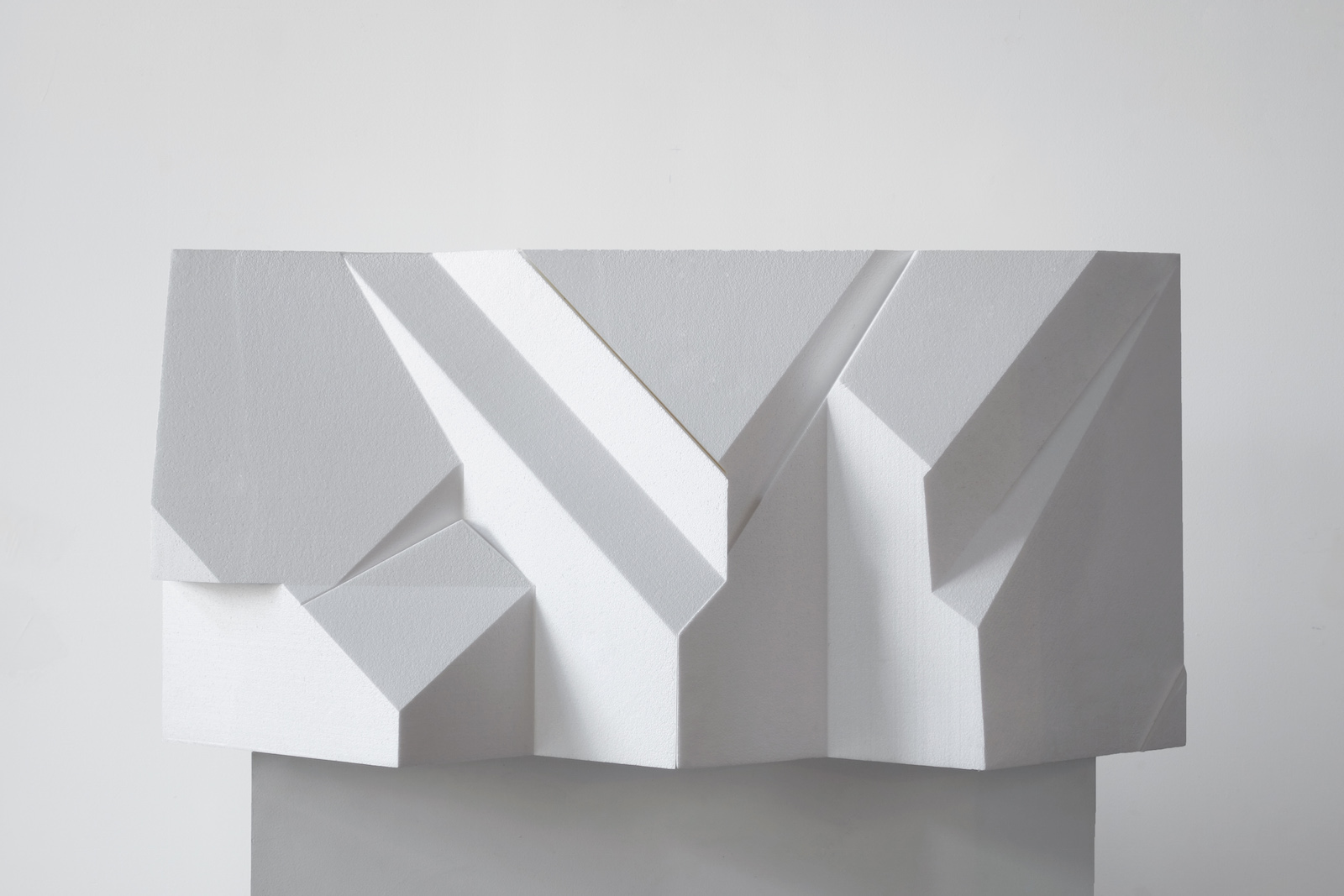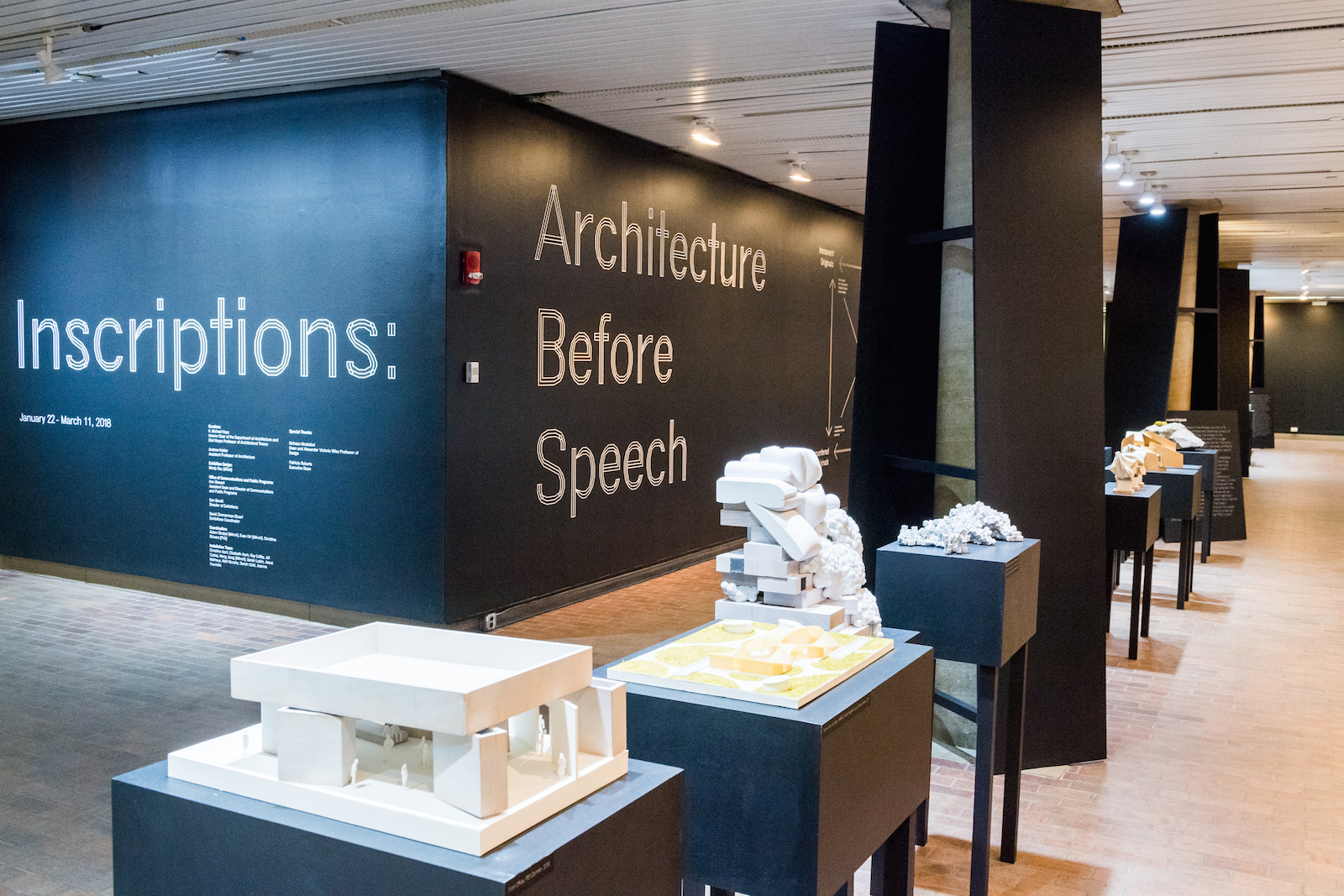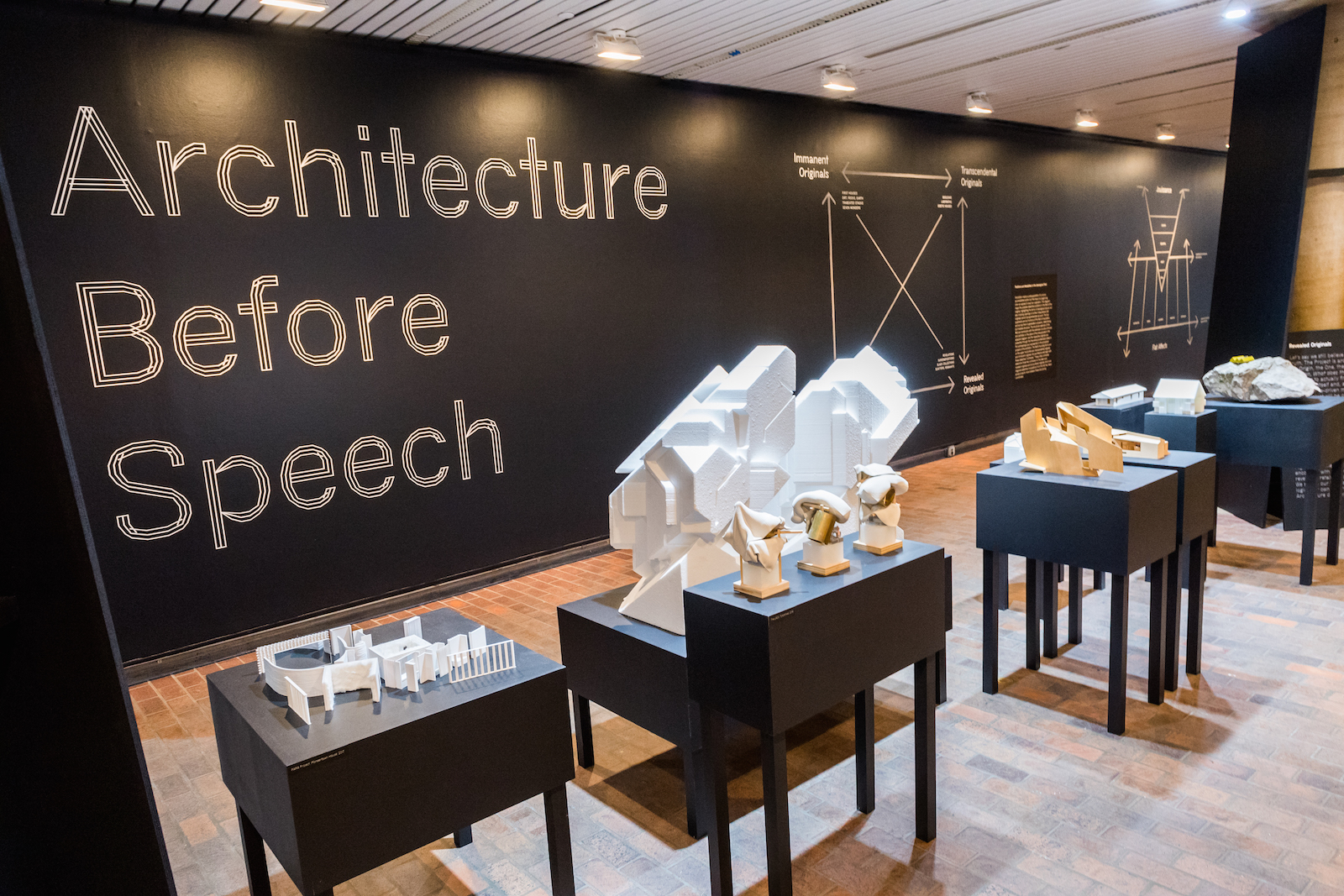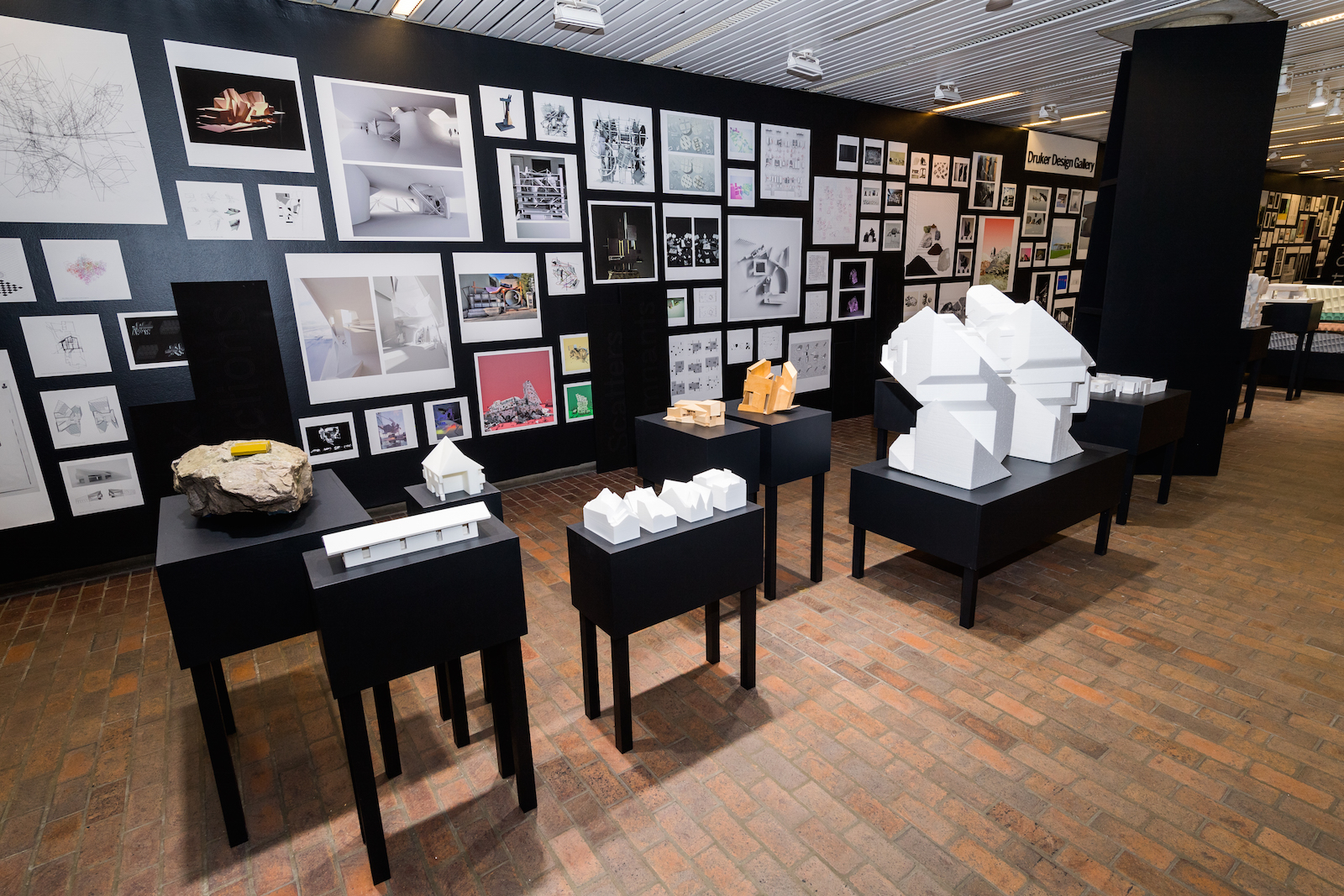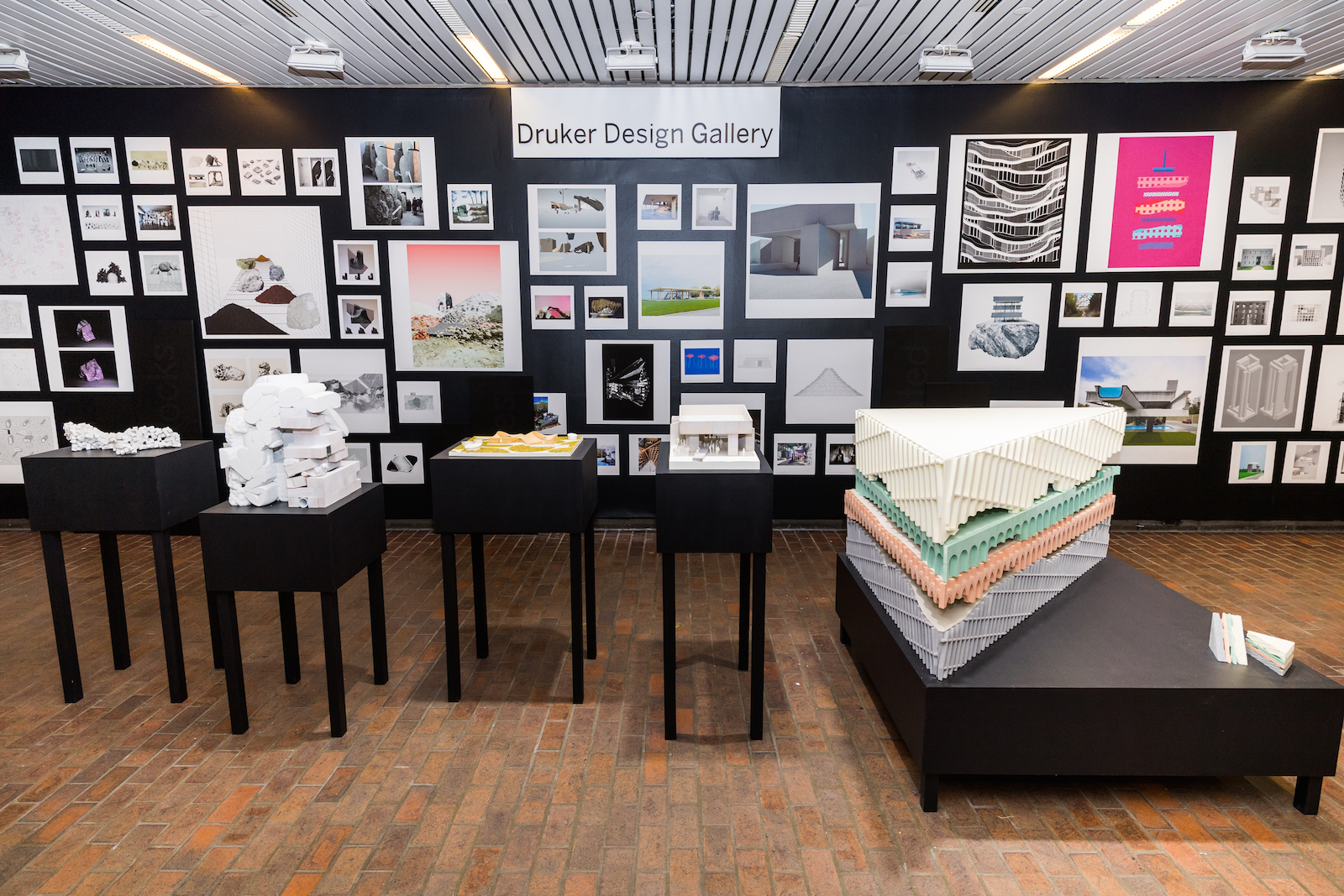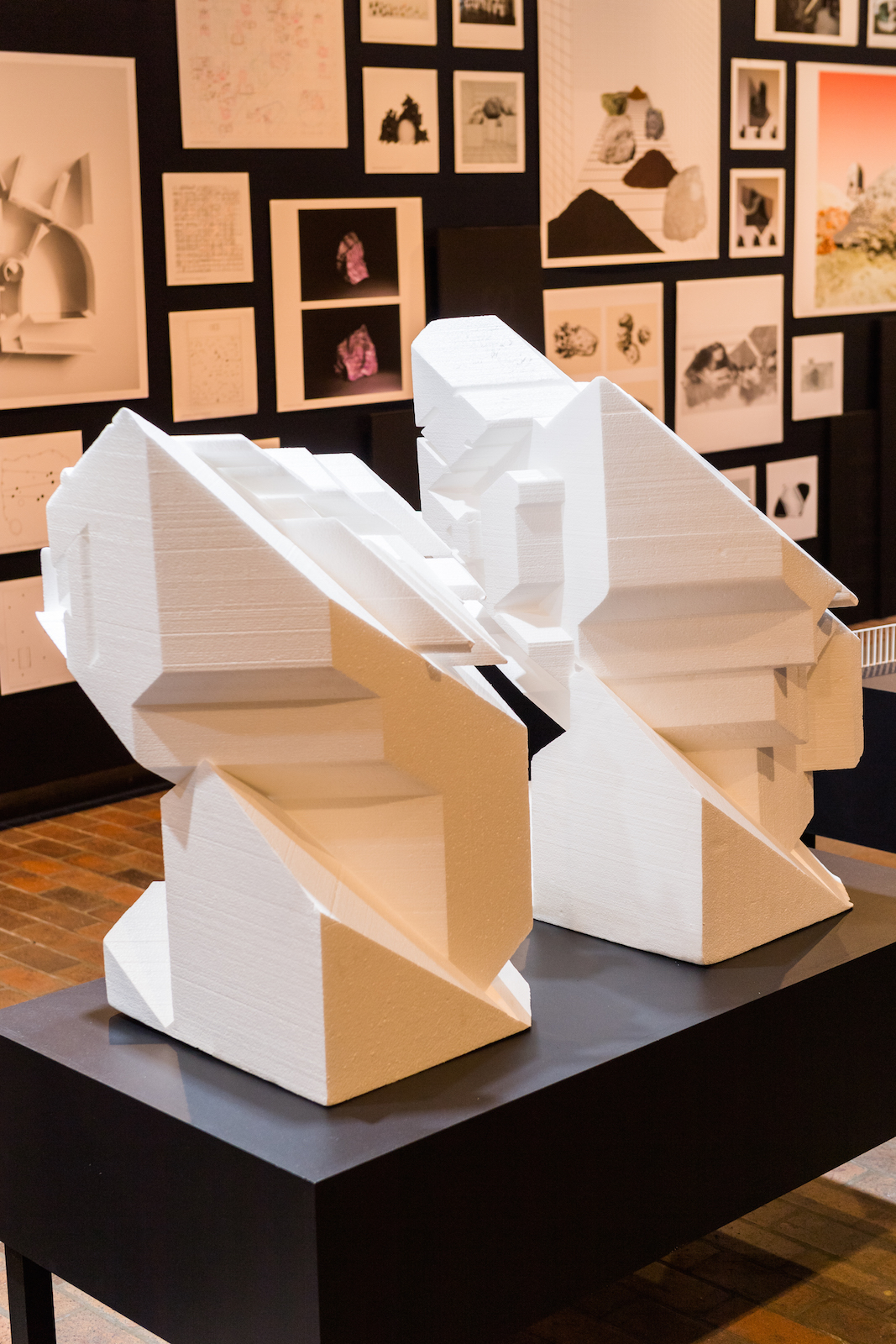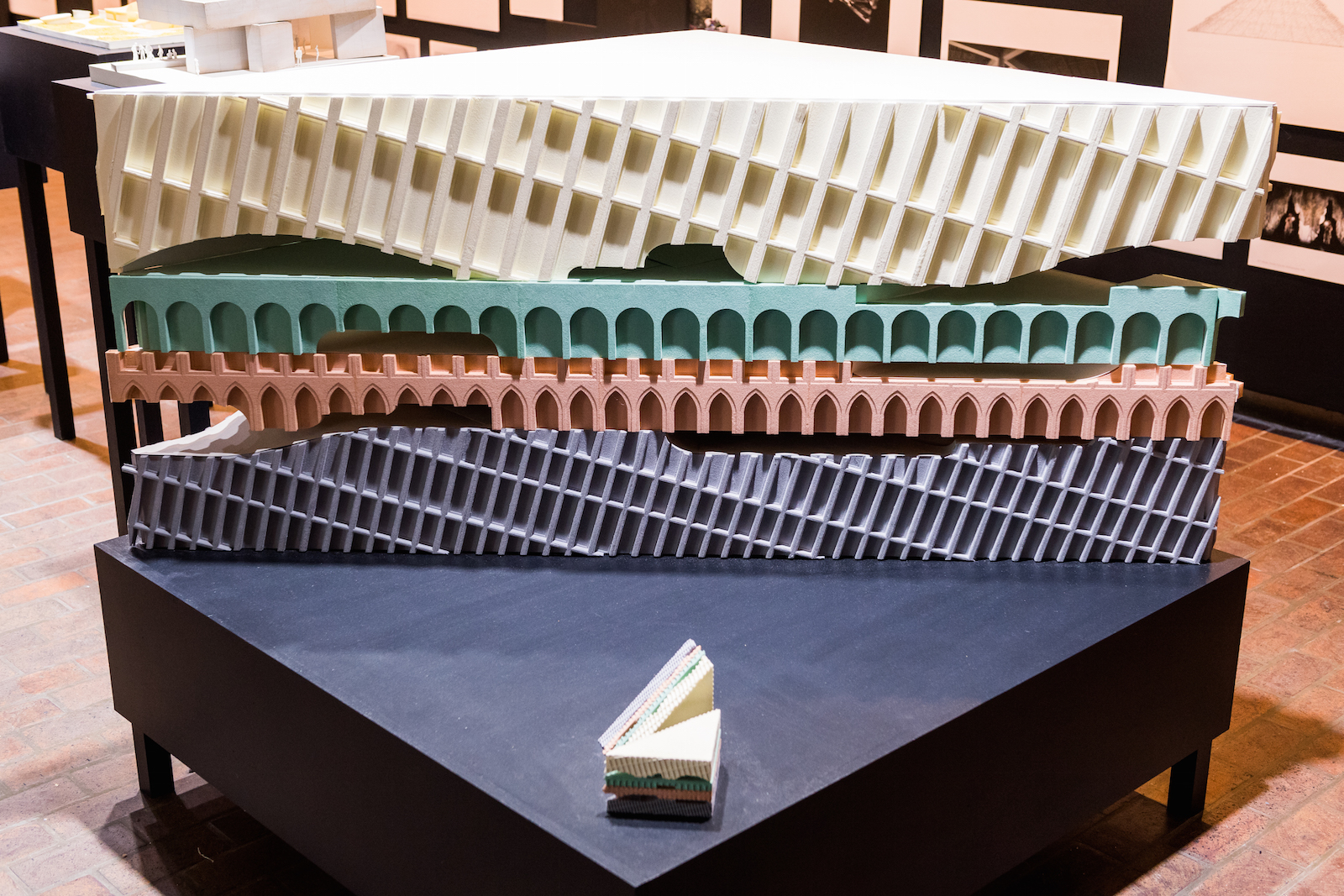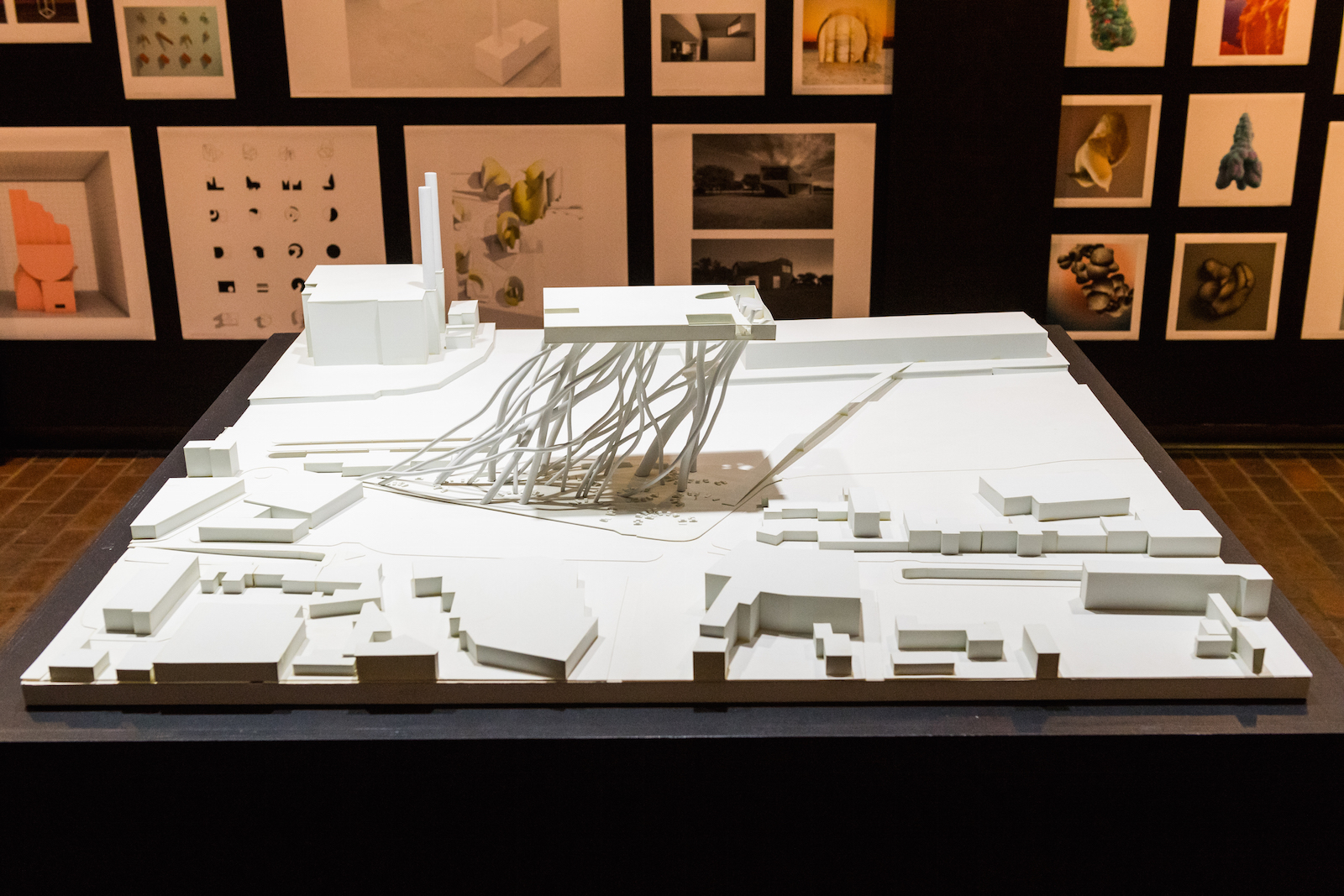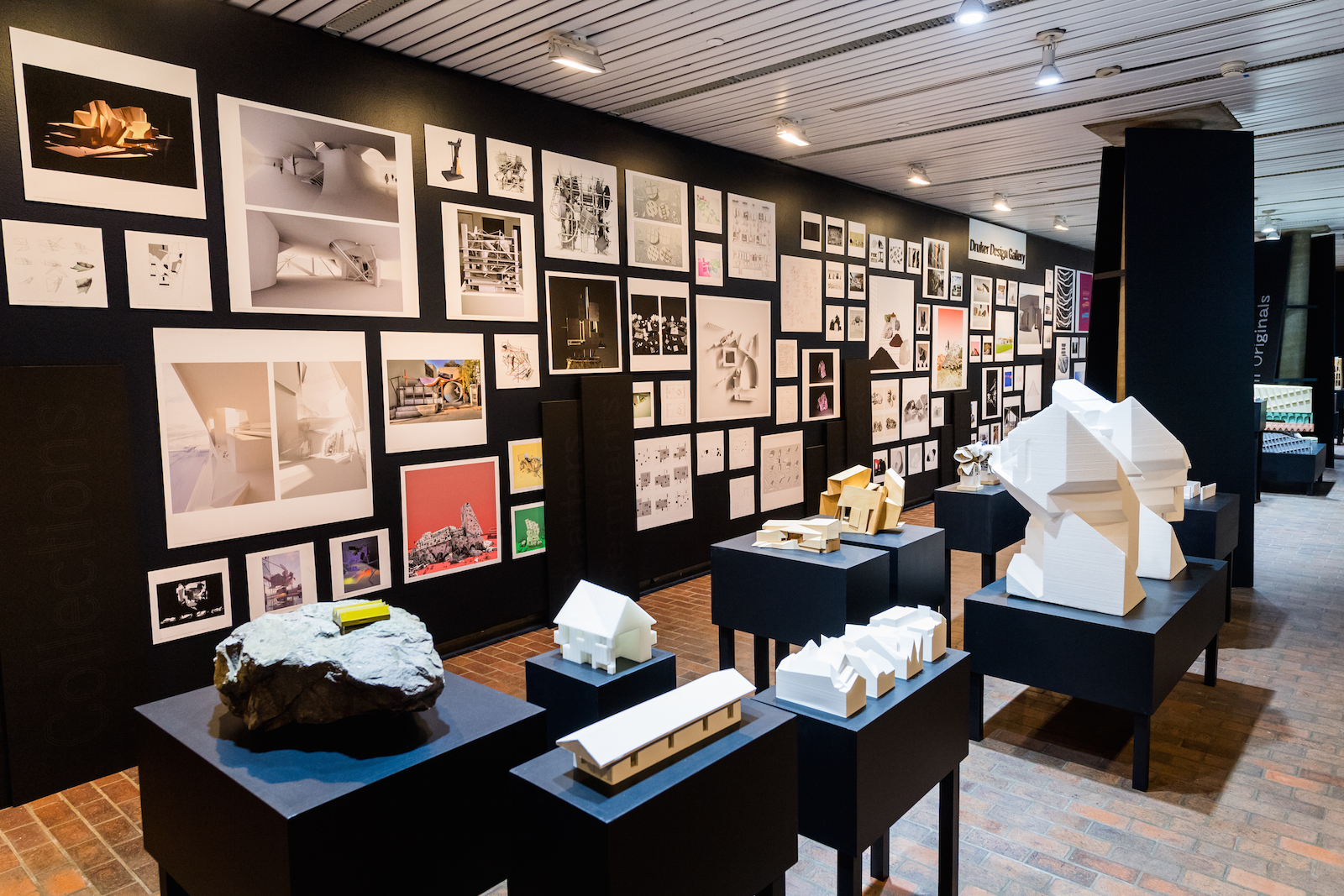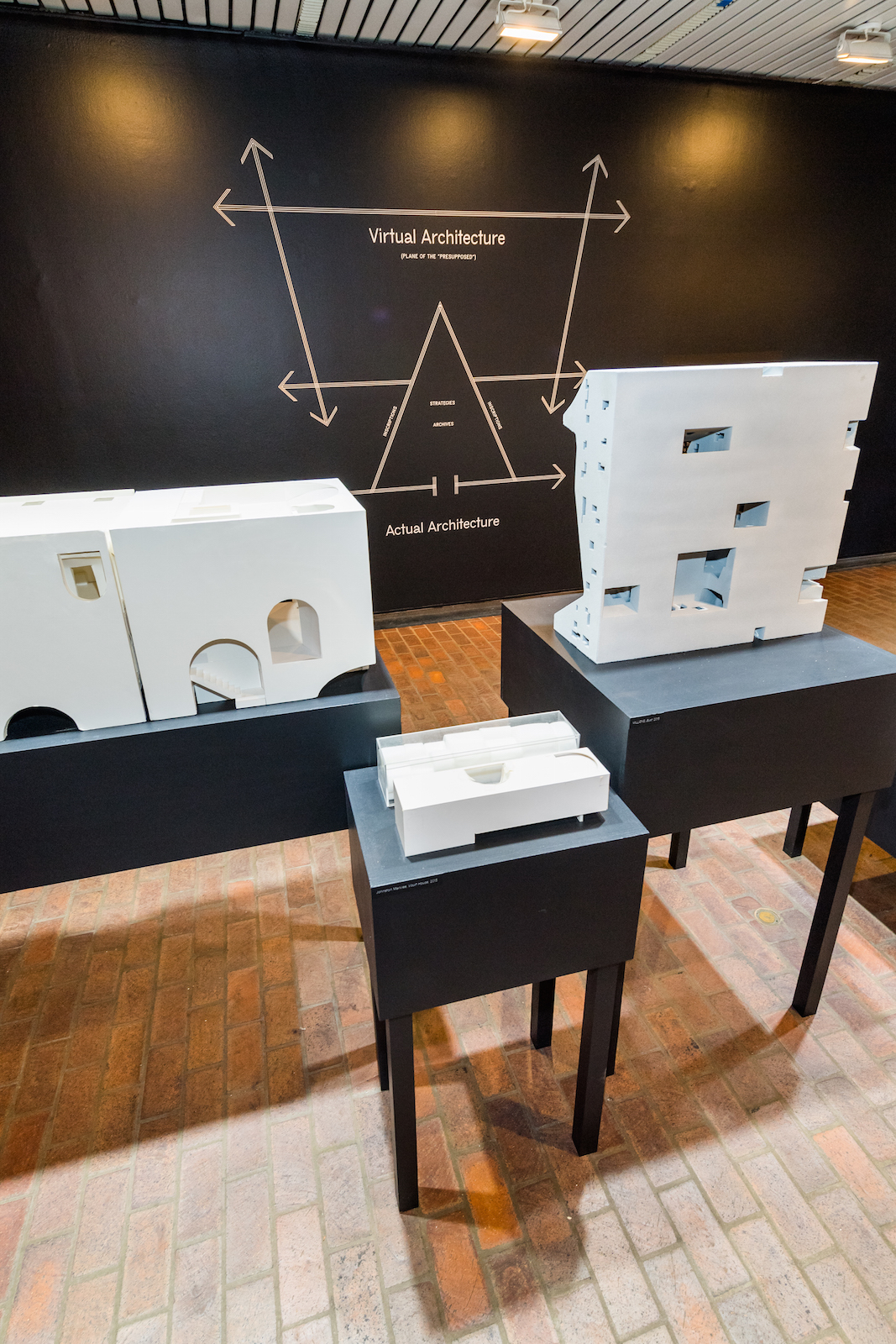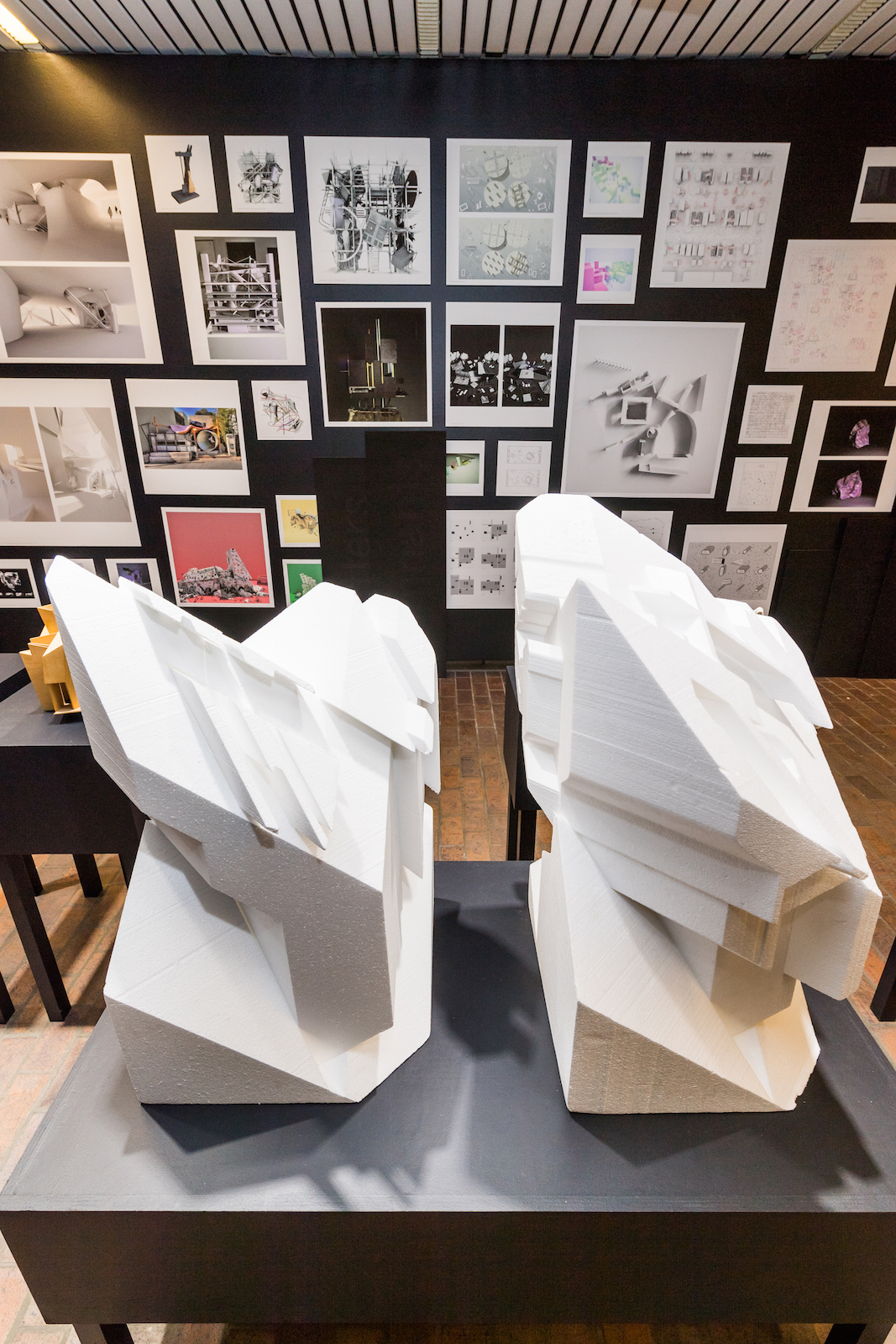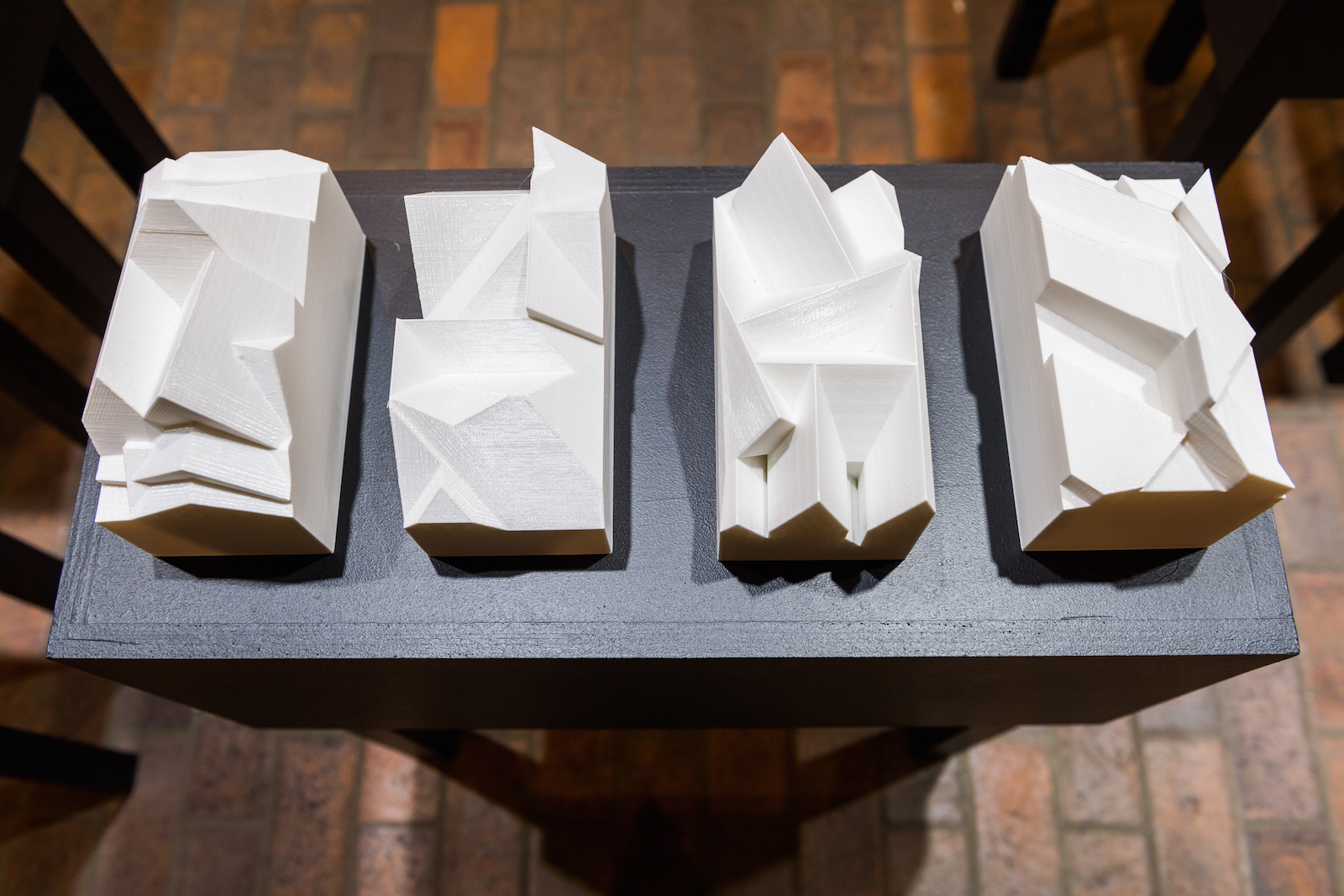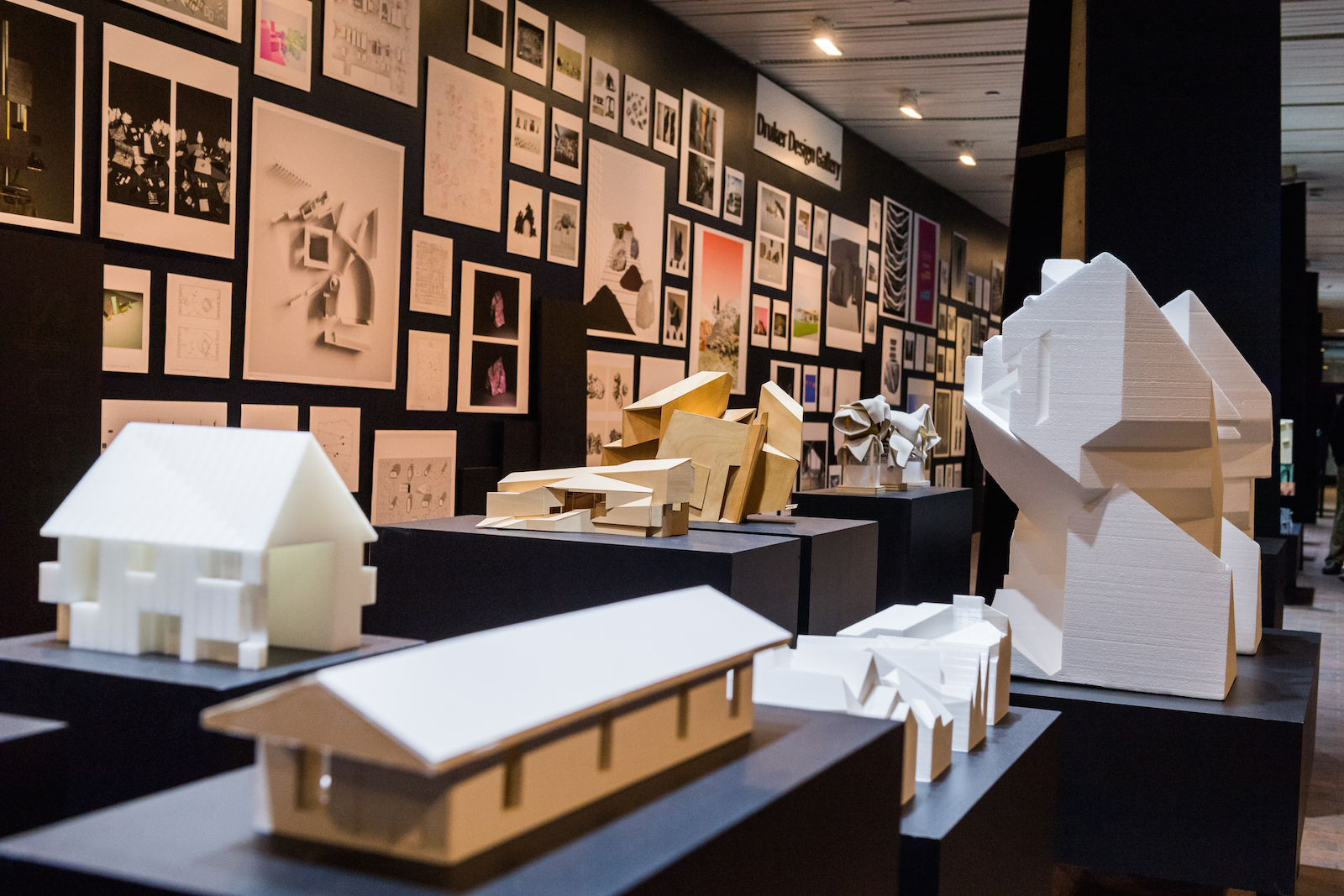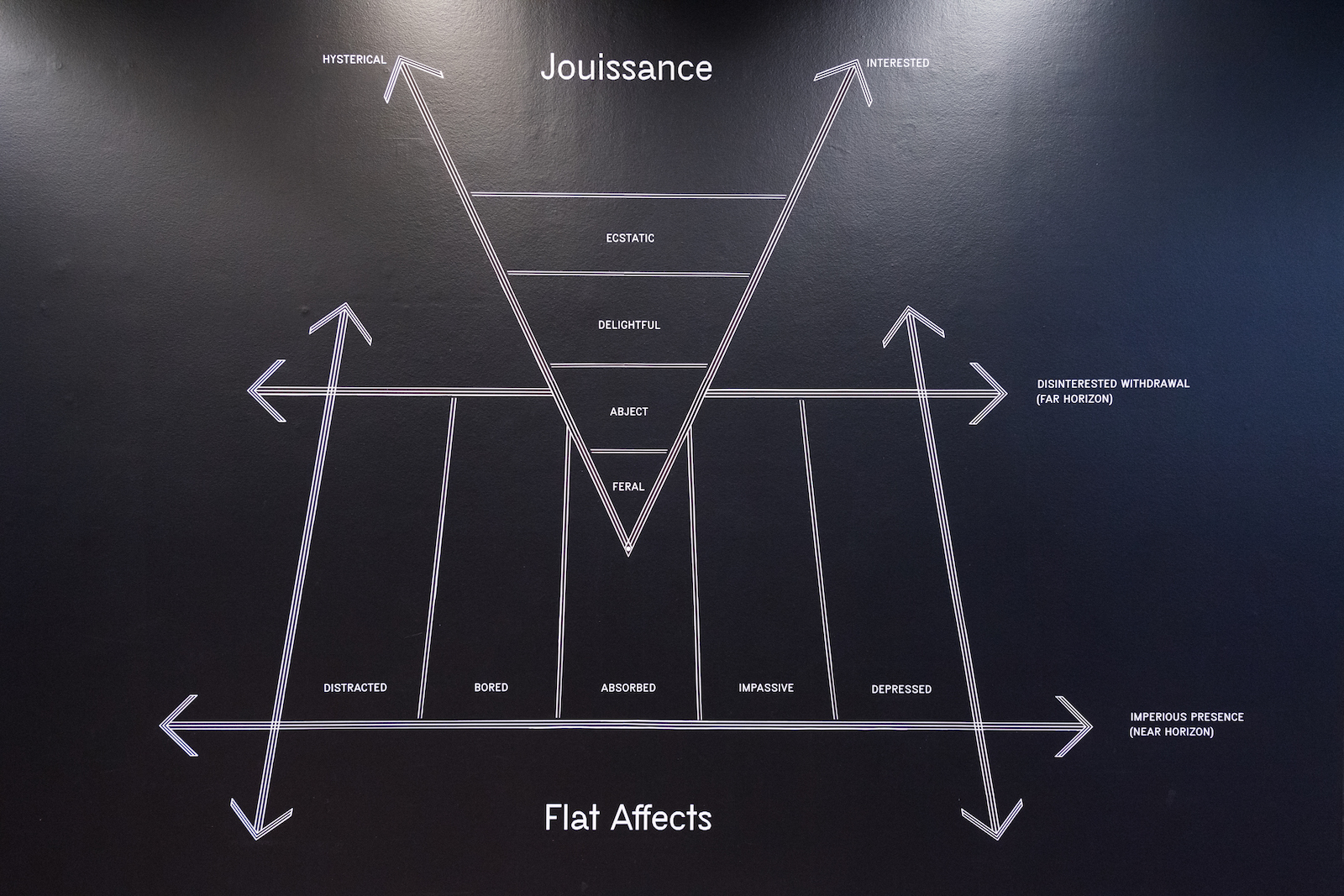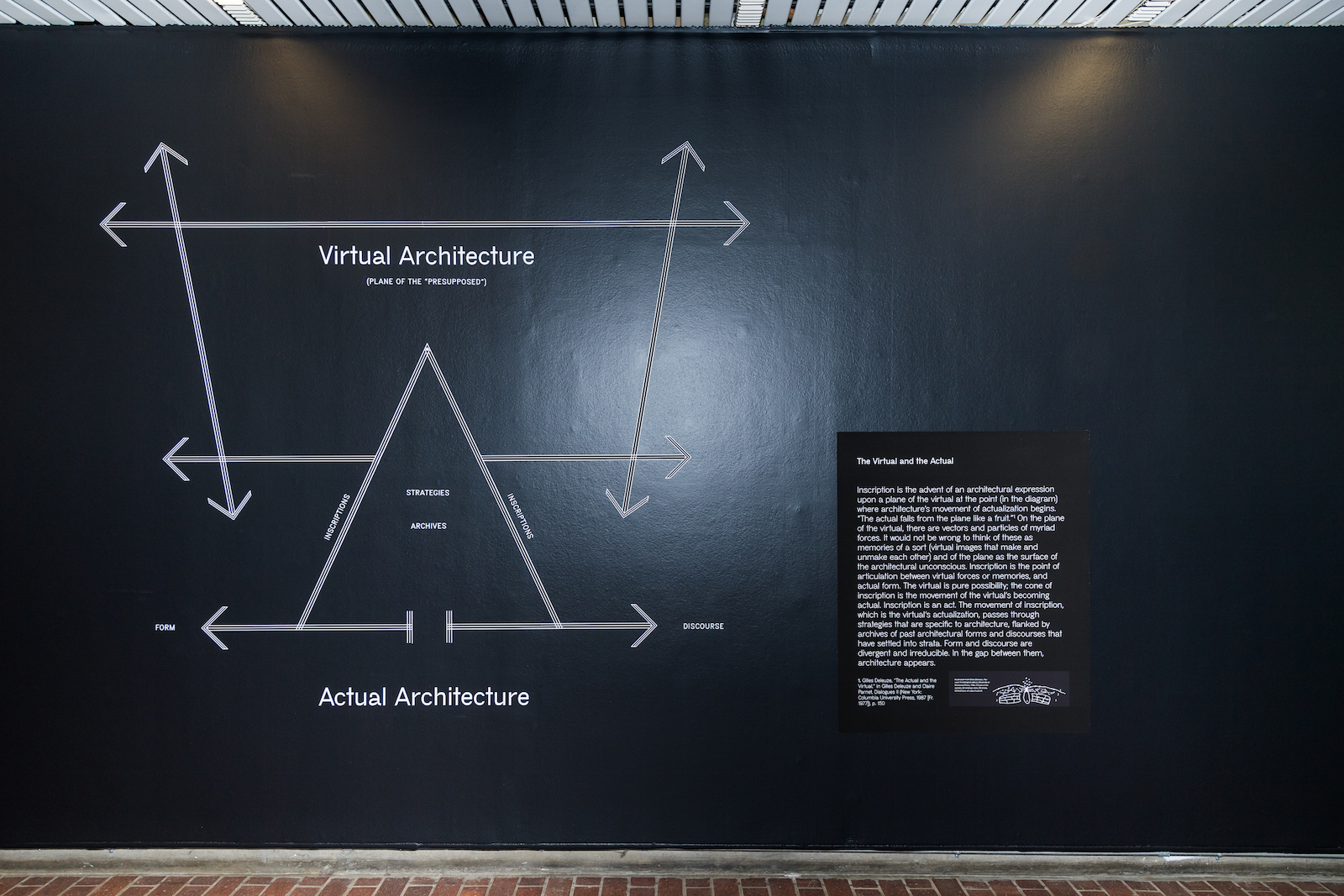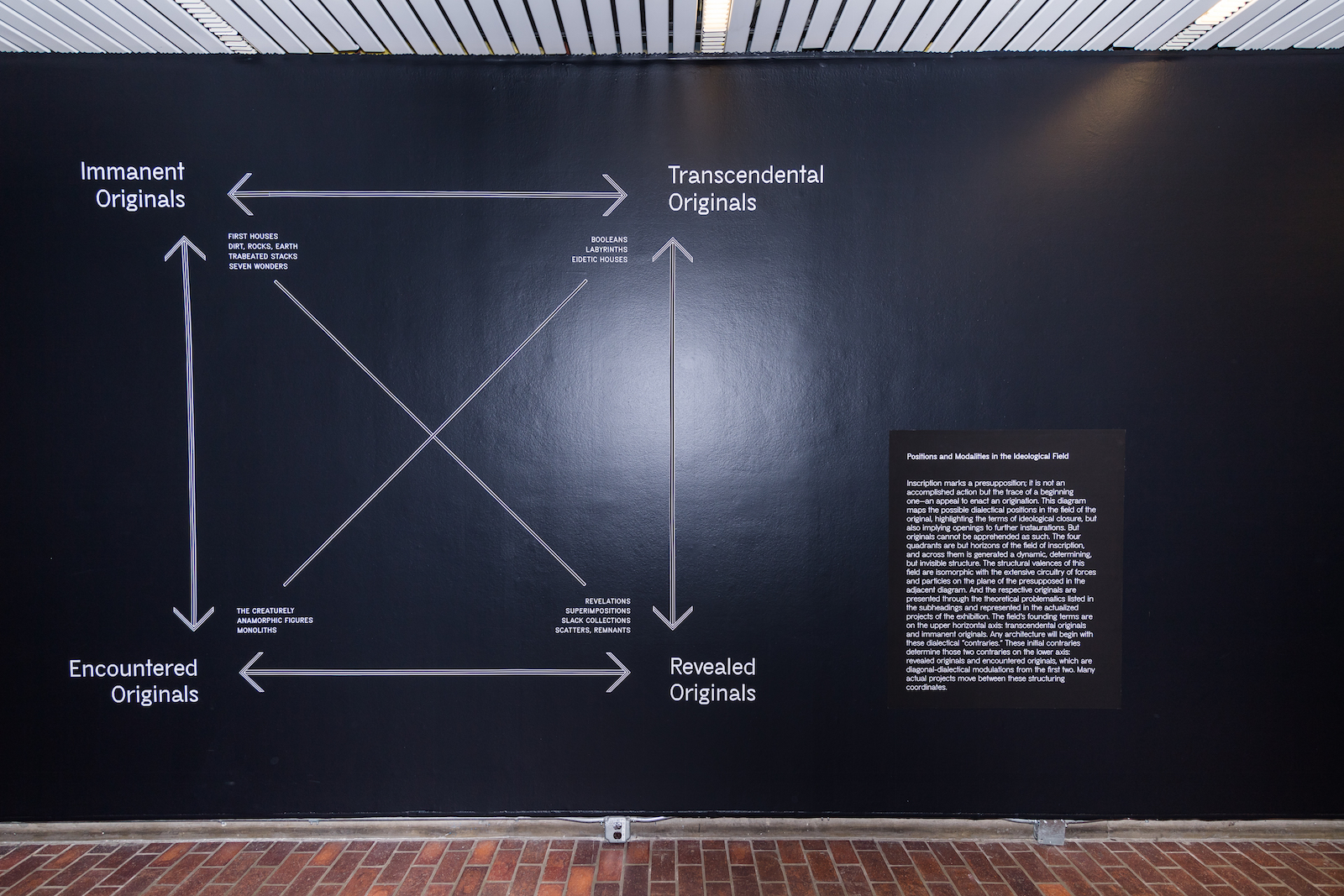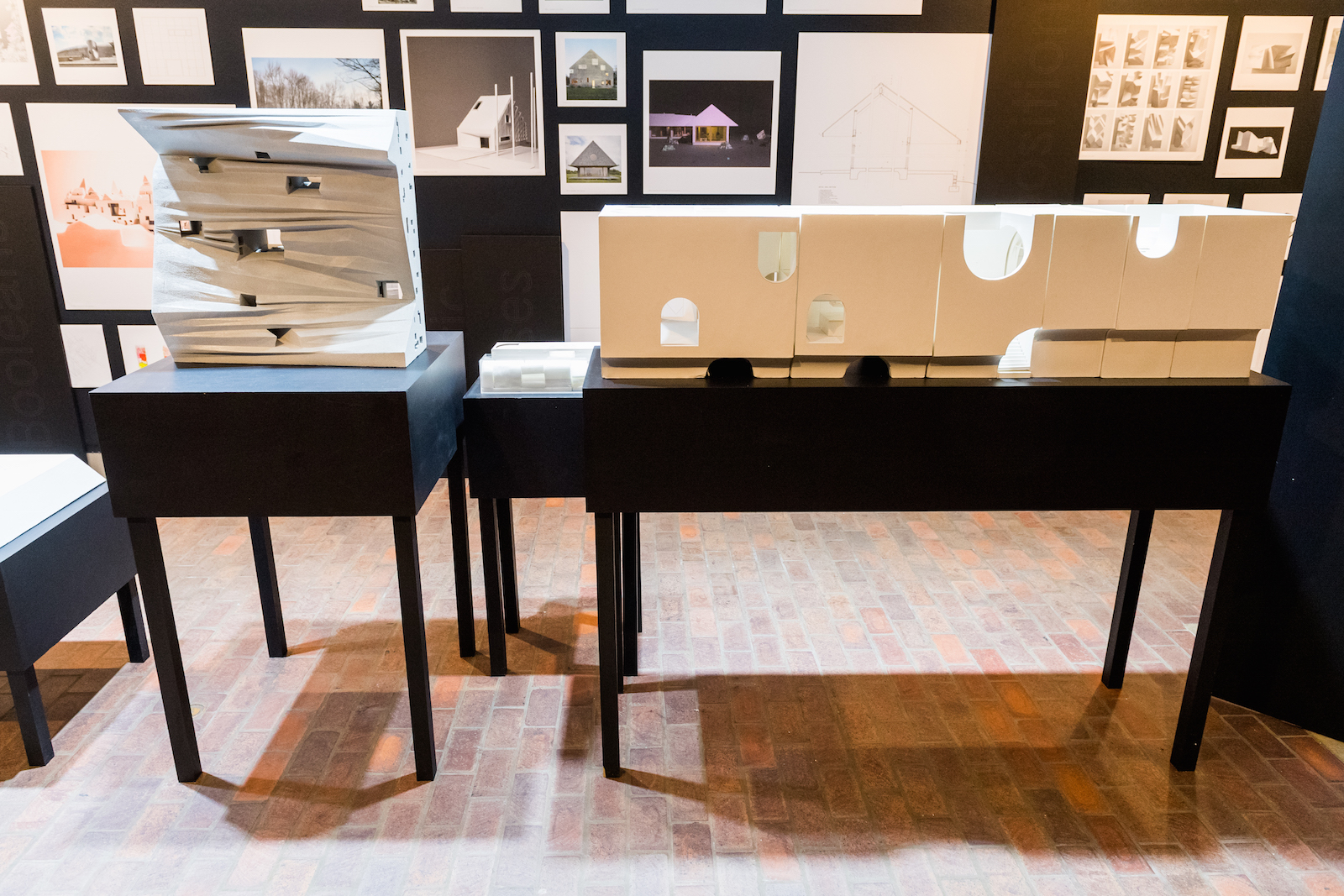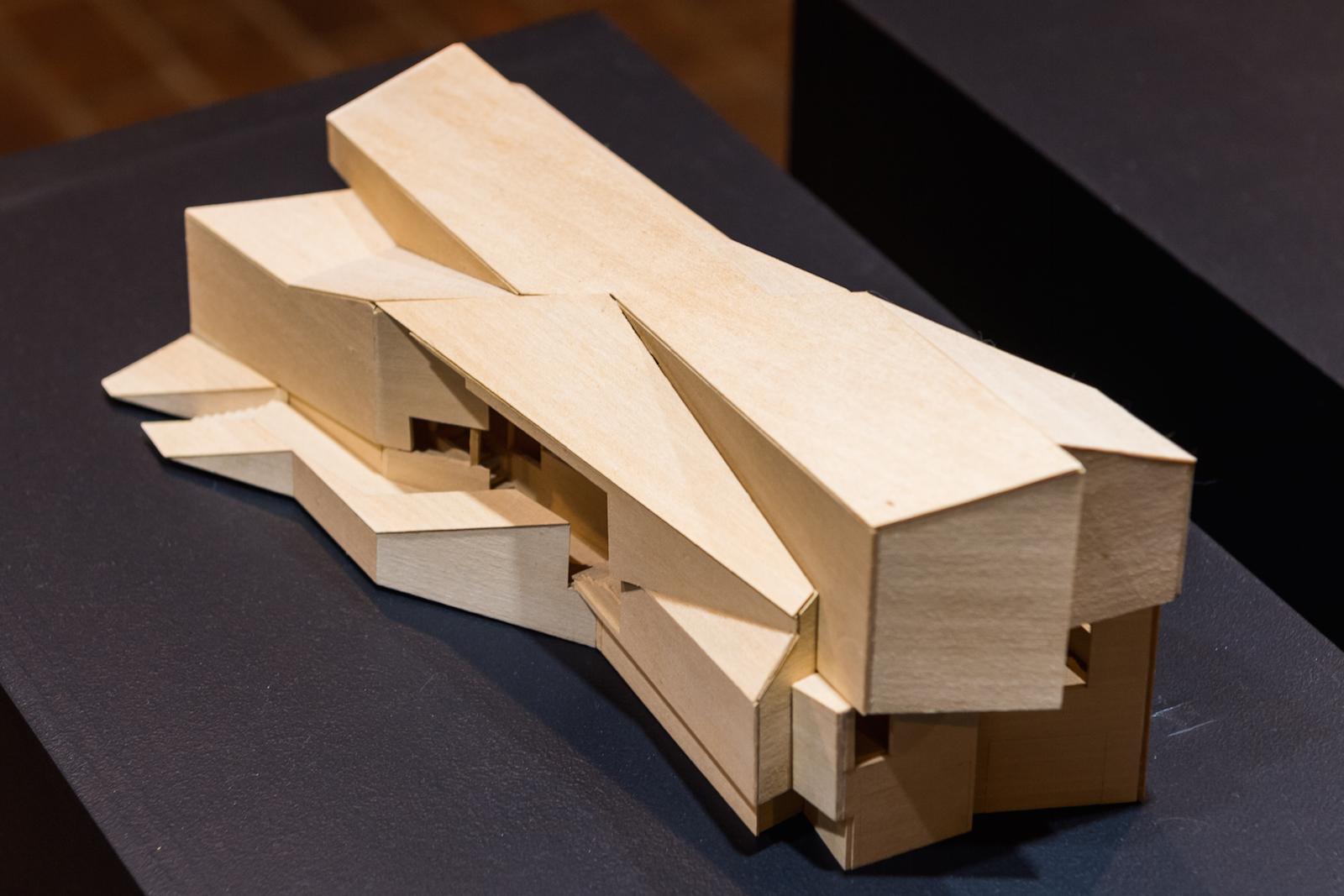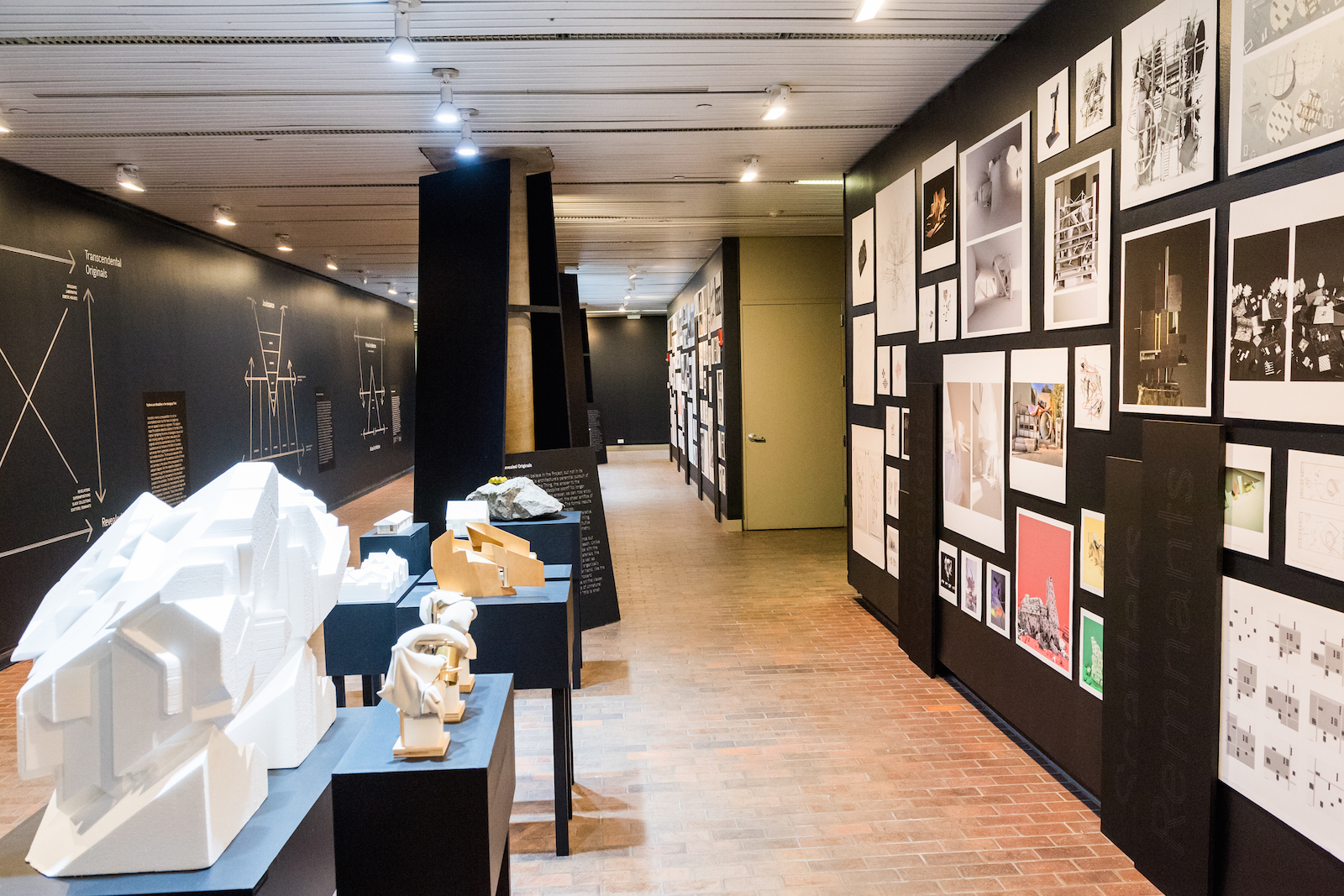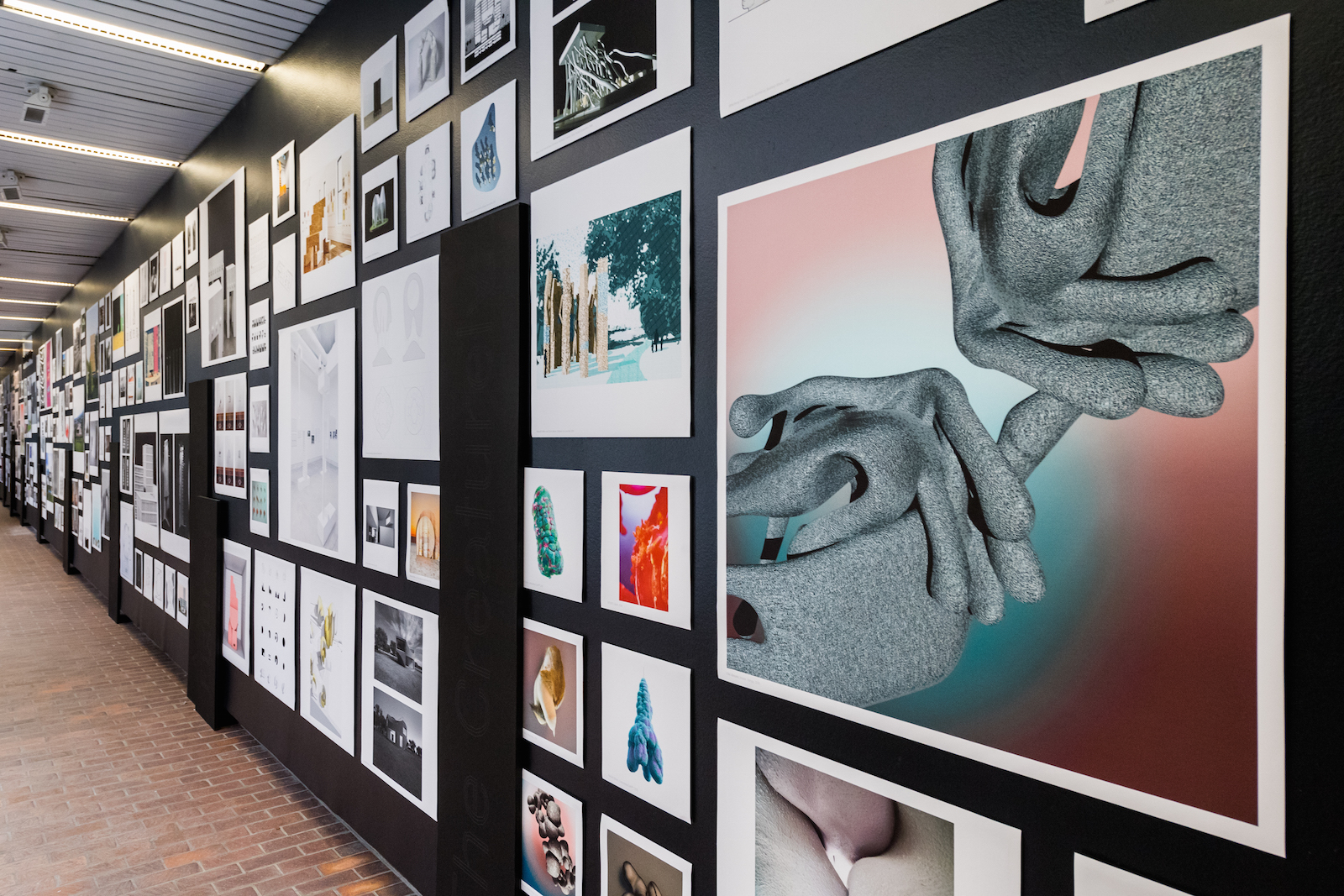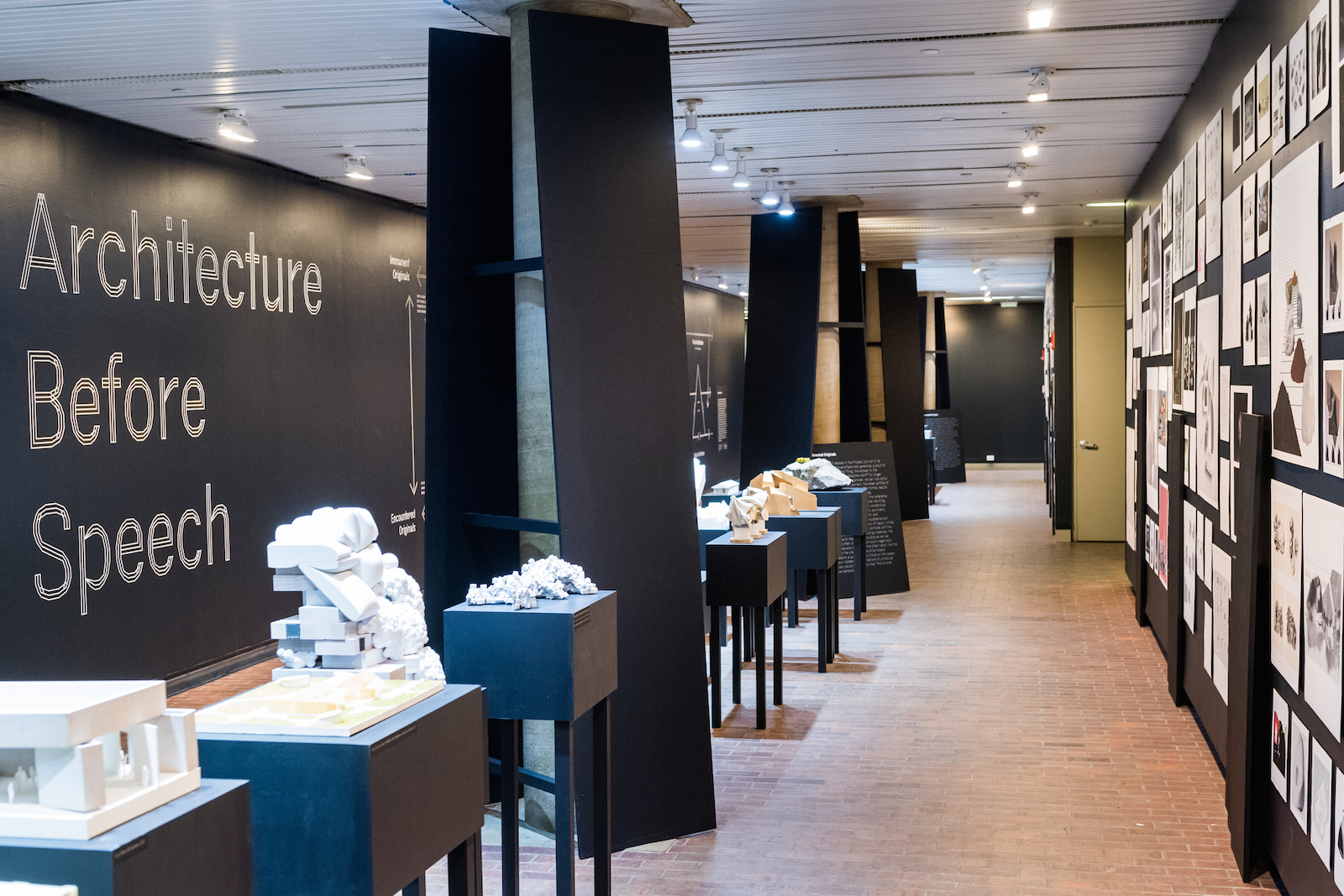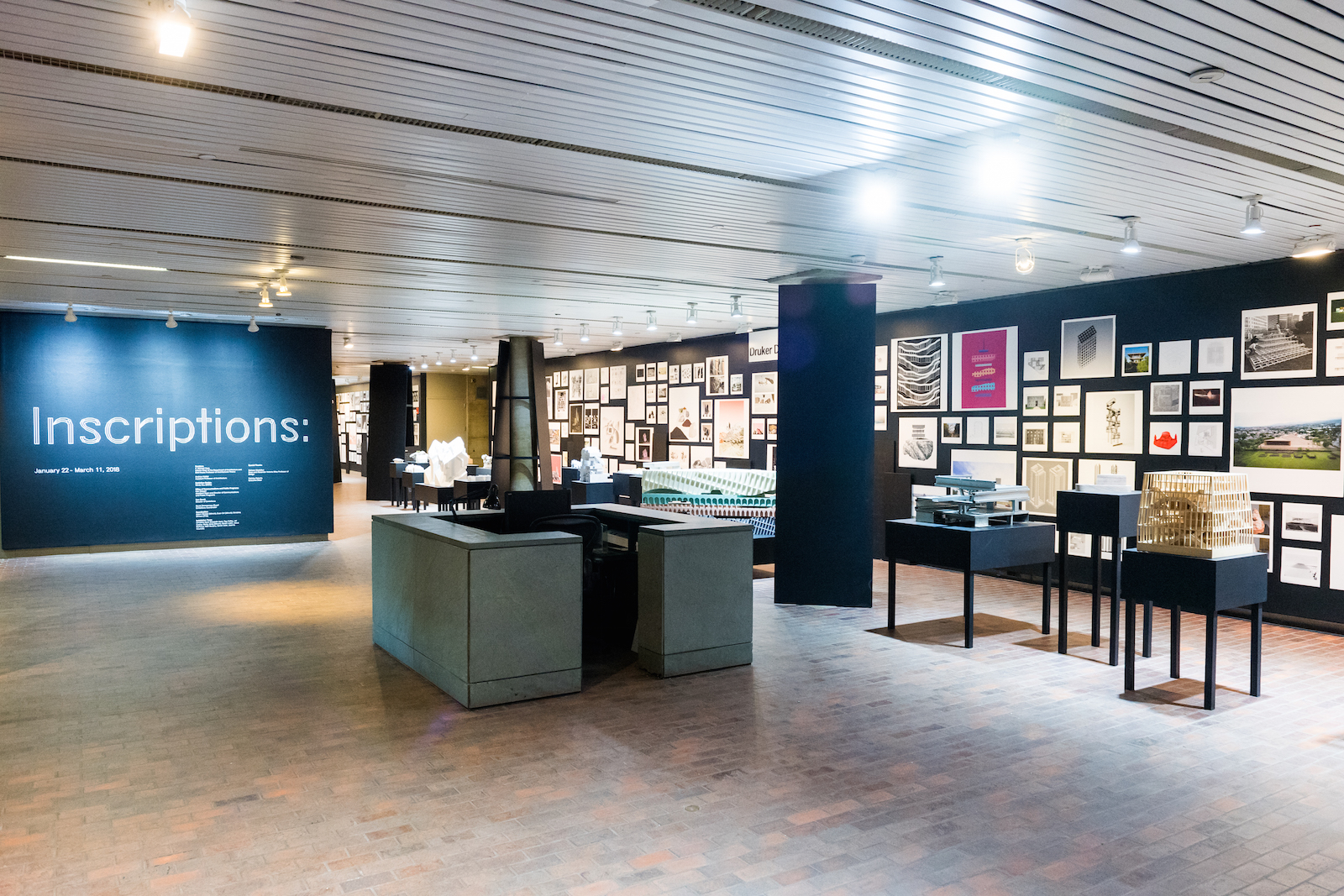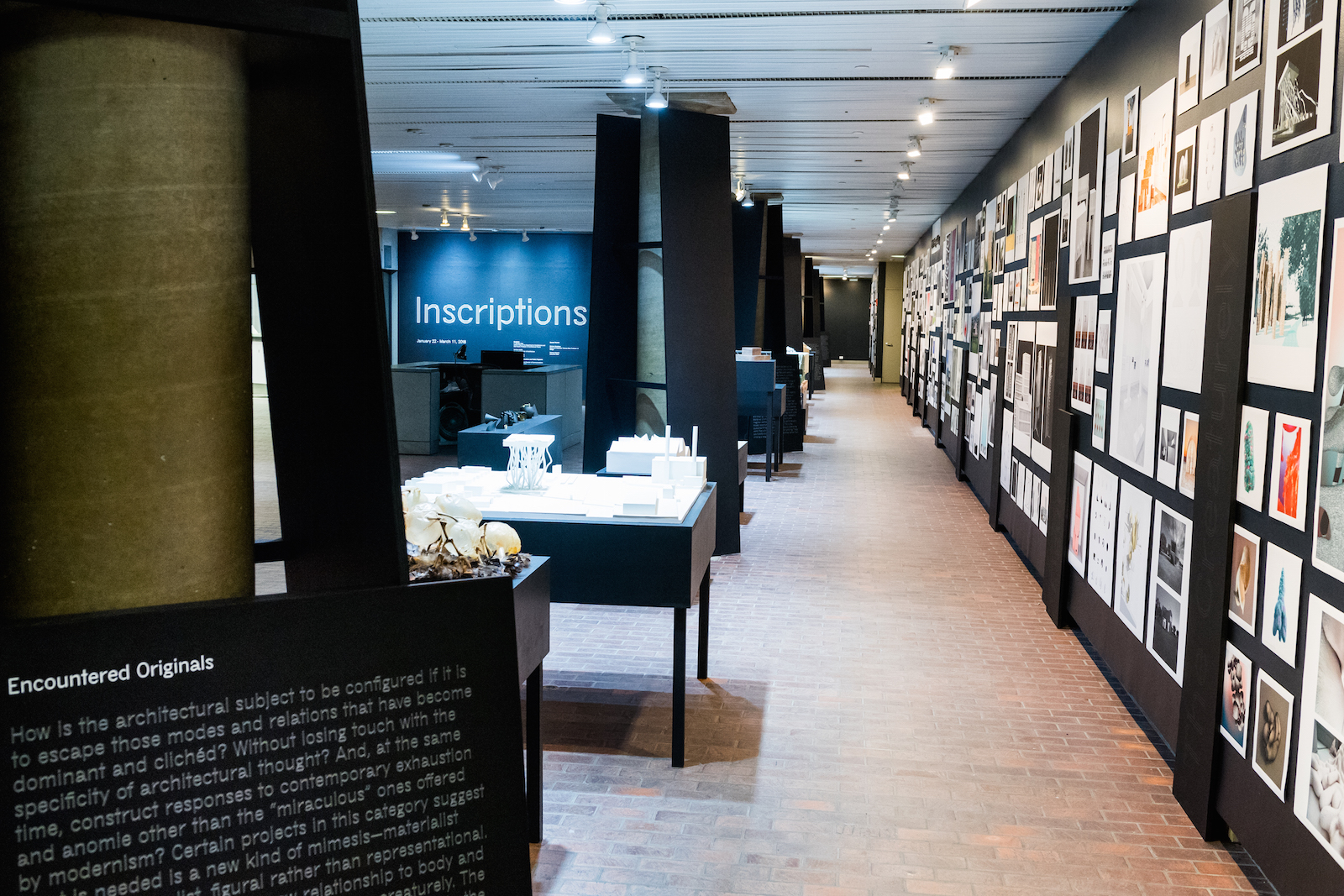Inscriptions: Architecture Before Speech
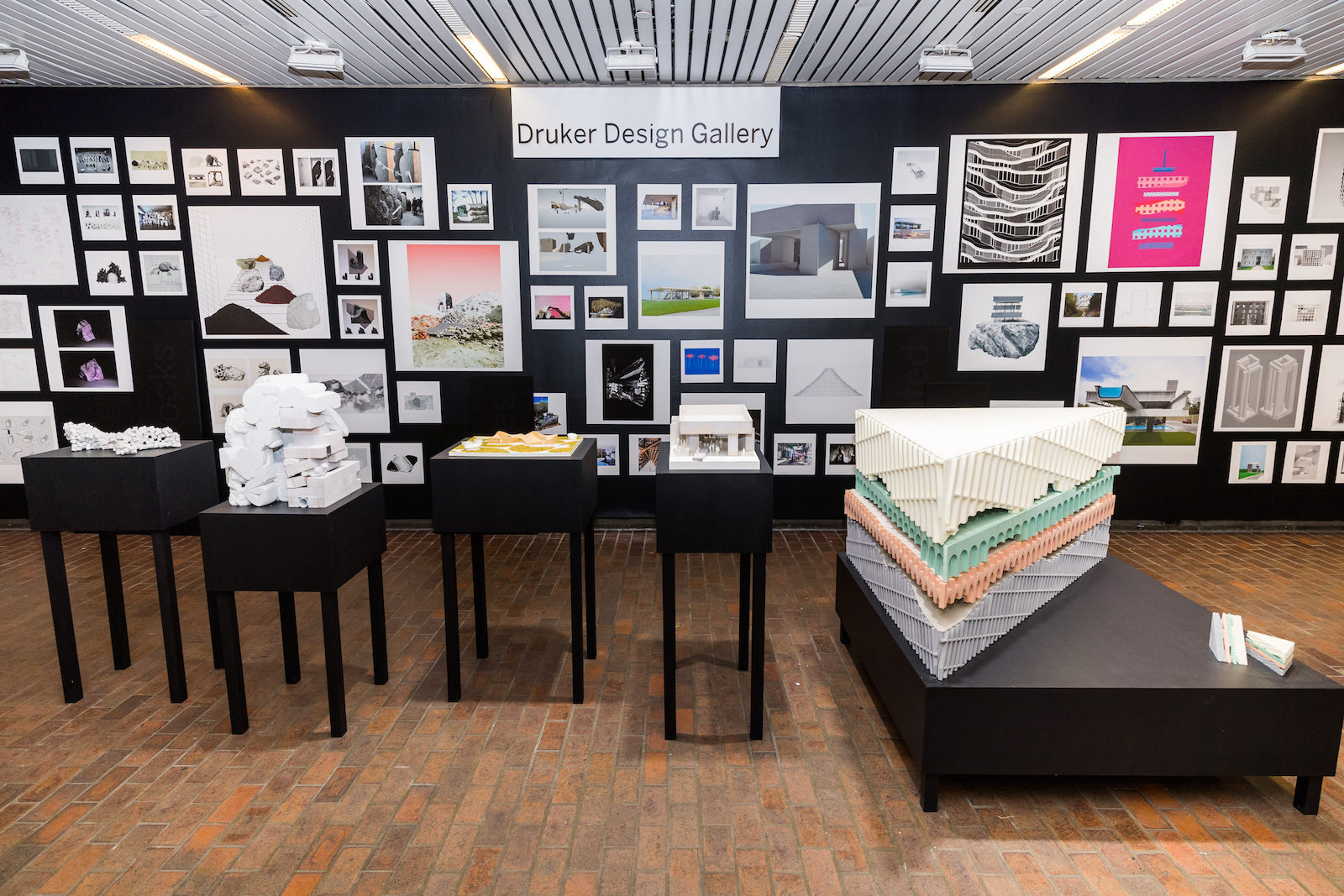
If recent theory has highlighted architecture’s turn to evident resemblance and signification, we argue this tendency has also produced its other: The landscape of contemporary practice is filled with work whose motivating interests are anterior to meaning and averse to thematization; they are, in a way, pre-speech. Projects in this mode are born of the original human postulate to claim a place in the world, to confirm having been there, to make and mark a difference. Inscriptions is a broad survey of work that problematizes, resists, and exceeds signification by appealing to other kinds of cultural engagements, agreements, and fantasies of architecture’s origins. Important projects by Harvard University Graduate School of Design faculty spanning more than 35 years of practice are interspersed as conceptual keystones among works from emerging architects across the American academy, offering a theory of the structural relationships that bind and organize even the apparent delirium of the contemporary field.
The exhibition is organized into five thematic categories:
Transcendental Originals
By identifying a transcendental dimension to certain contemporary architecture projects, the exhibition does not intend to refer to an idealist imposition of predetermined and invariant forms on a range of similar objects. Rather, the exhibition means to invoke the virtual realm of architecture, emergent from architecture’s own histories and practices, which engenders entirely new forms in the process of being actualized. The transcendental does not resemble the actual; the virtual is not derived from the empirical. Rather, the movement from the transcendental origin clarifies and refines a newly actualized architectural object; the transcendental is nothing but this movement and deferral, this working-through. And yet, once a transcendental original project is actualized (and only then), it appears that it was always already there, just waiting to be put to use. Thus, certain unprecedented and eidetic images strike us as uncannily resonant and contemporary, yet, at the same time, archaic and out of reach. Digitally generated labyrinths, Booleans, or stochastic patterns in plan and elevation take on the mystery of glyphs without a code of translation. They must be understood as inscriptions anterior to any meaning, as material potentiality anterior to any phenomena.
Immanent Originals
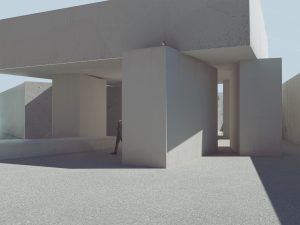
In traditional analyses, interpretation centers on the architectural image and asks a question of architectural language—of the interaction of signifiers and sensory pleasure. In the projects presented here, by contrast, image is immanent to material and construction processes. Image in these cases derives from the tug of gravity, the exchange of heat, the propagation of light from sources unseen—image comes from these earthly conditions and can no longer be interpreted as self-contained, but rather is always in dynamic relation with what is outside its limits. We need, therefore, an interpretive sensitivity to the unpleasant shock of jouissance rather than a clinical analysis of meaning’s pleasures, since jouissance is tied neither to signifier nor meaning, nor to a stable image. There is the jouissance of first houses—huts and tents or Los Angeles stucco boxes; the jouissance of gravity’s mark—from the piling up of rocks and shaping of earth to more sophisticated trabeated stacks—all of which are mixtures of symbolic and imaginary elements from architecture’s memories and missed opportunities, not its language. This is the jouissance of the architectural unconscious—before the word, filled with babble, muttering, and rumbling. These are objects which require sensing intensities rather than knowing a language.
Revealed Originals
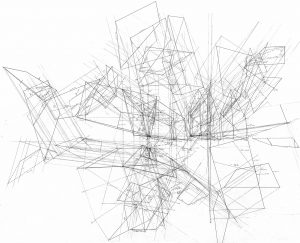
Let’s say we still believe in the Project, but not in its truth. The Project is architecture’s perennial pursuit of the Origin, the One, the Thing, the answer to the question, What does the discipline want? No longer expecting to actually find the answer, we can now enjoy the pursuit itself and, as important, the sheer artifice of our discipline-driven machinations. The formal results of this project will be complicated: traces, superimpositions, stacks, and scatters; the reiterative impulse which inevitably produces effects like tiling, nesting, buckling, and pleating. Certain constitutive concepts of architecture—orthogonality, symmetry, seriality, the distinction between interior and exterior—are produced not as actual substance but rather through their being held just out of reach. Unlike the immanent tents and huts, which coincide with the natural rhythms of the site and building materials, the disciplinary drive to reveal is compulsive as well as compelling and often divorced from such organically regulated frames and cycles. On the other hand, like the encounter with the creaturely, the drive toward revelation retains a quasi-somatic force on the viewer. We see, in our insistent reinstantiations of unnatural logics, our own psychic projection that “this is what Architecture demands.”
Encountered Originals
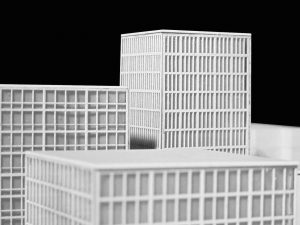
How is the architectural subject to be configured if it is to escape those modes and relations that have become dominant and clichéd? Without losing touch with the specificity of architectural thought? And, at the same time, construct responses to contemporary exhaustion and anomie other than the “miraculous” ones offered by modernism? Certain projects in this category suggest what is needed is a new kind of mimesis—materialist rather than idealist, figural rather than representational. These responses involve a new relationship to body and materiality that might best be called the creaturely. The creaturely introduces a mimesis whose proximity to the human body is anxiety-producing, mainly because the inscription of the body seems both symptomatic (it is a reflex of contemporary “bare life” and the urgent need to imagine alternatives) and autonomous (we humans don’t control it). It is the golem arrived, unsummoned. The relation between the creaturely and the more general domain of non-human things produces an openness to transience and discontinuity—an openness to other art practices, including performance and installation—and an immersion in experimentation. At the same time, the pre-historical, pre-verbal, pre-oedipal architectural creatures seem to have been exhumed from the most primitive and originary recesses of the architectural psyche.
Positions and Modalities in the Ideological Field
Inscription marks a presupposition; it is not an accomplished action but the trace of a beginning one—an appeal to enact an origination. This diagram maps the possible dialectical positions in the field of the original, highlighting the terms of ideological closure, but also implying openings to further instaurations. But originals cannot be apprehended as such. The four quadrants are but horizons of the field of inscription, and across them is generated a dynamic, determining, but invisible structure. The structural valences of this field are isomorphic with the extensive circuitry of forces and particles on the plane of the presupposed in the adjacent diagram. And the respective originals are presented through the theoretical problematics listed in the subheadings and represented in the actualized projects of the exhibition. The field’s founding terms are on the upper horizontal axis: transcendental originals and immanent originals. Any architecture will begin with these dialectical “contraries.” These initial contraries determine those two contraries on the lower axis: revealed originals and encountered originals, which are diagonal-dialectical modulations from the first two. Many actual projects move between these structuring coordinates.
Curated by K. Michael Hays, Eliot Noyes Professor of Architectural Theory and Associate Dean for Academic Affairs, and Interim Chair of the Department of Architecture, and Andrew Holder, Assistant Professor of Architecture, in collaboration with GSD Exhibitions
Firms and practitioners featured in Inscriptions:
Ajay Manthripragada
Alex Maymind
Ania Jaworska
BairBalliet
Besler & Sons
Bittertang Farm
Bureau Spectacular
Central Standard Office of Design
Christ & Gantenbein
Collective-LOK
Curtis Roth
D.ESK
dePaor
Design with Company
Ellie Abrons
Endemic Architecture
Ensamble Studio
Erin Besler
EXTENTS
Farshid Moussavi Architecture
Farzin Farzin
Filip Tejchman
First Office
formlessfinder
FreelandBuck
Gabriel Fries-Briggs
Höweler + Yoon
Hume Coover Studio
is-office
Jesús Vassallo
Johnston Marklee
Karamuk*Kuo
Kiel Moe
Kyle Miller
LA DALLMAN
Laida Aguirre
LAMAS
Machado Silvetti
Mack Scogin Merrill Elam Architects
MALL
Medium Office
Meredith Miller and Thom Moran
Michelle JaJa Chang
MILLIØNS
Mira Henry
Mircea Eni of Small Office
MOS
NEMESTUDIO
New Affiliates
Norman Kelley
Office KGDVS
Outpost Office
PARA Project
Paul Preissner Architects
Pezo von Ellrichshausen
Preston Scott Cohen
Productora
SCHAUM/SHIEH
Sean Canty
SIFT Studio
SPORTS
STUDIO OFFSHORE
Studio PM
T+E+A+M
The LADG
The Open Workshop
Toshiko Mori Architect
Ultramoderne
Volkan Alkanoglu | DESIGN
WOJR
Young & Ayata
